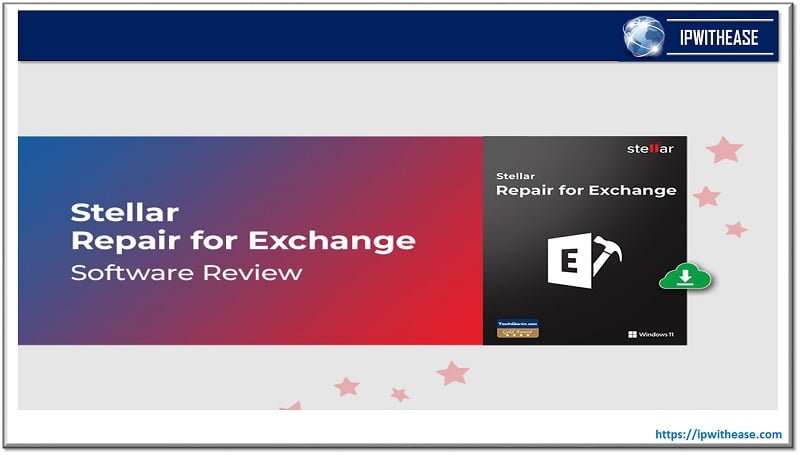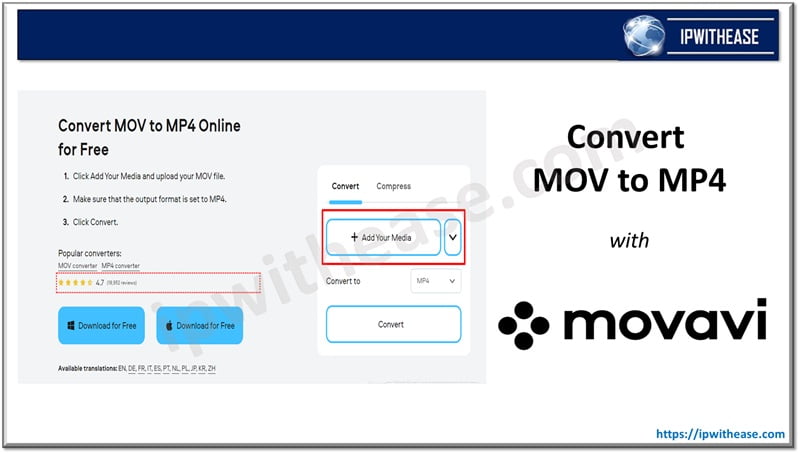Table of Contents
A Load testing software plays a crucial role in evaluating the performance of software, websites, and systems by simulating real-world user interactions. By replicating the actual number of users, it helps determine how efficiently the system performs, identifies potential slowdowns, and assesses whether it can handle an increased user load. This testing is essential for ensuring a seamless user experience, especially as businesses scale and user traffic grows. Ensure your system can handle the demands of real-world usage, explore PFLB’s load-testing solutions in this article.
What is Load Testing?
Load testing is a type of testing that checks how well software performs. It is part of a bigger group of tests called performance testing, which includes other tests like stress testing, soak testing, spike testing, endurance testing, volume testing, and scalability testing, among others.
Websites and apps that don’t work well can hurt sales and make less money. Even a bit of downtime can greatly affect a company’s profits. A top company in backup and data management asked over 1,500 IT workers about the cost of an hour of downtime for important applications. They found that it costs more than $84,000. Also, the average time that things stopped working was 79 minutes.
Industries like banking and big online stores that handle a lot of transactions may be impacted even more. The survey also mentioned that customers and visitors were influenced in various ways, like losing trust in the company, damage to the brand’s reputation, and a drop in share prices. It’s very indispensable to make sure your apps are tested to perform well.
Load testing simulates real-world scenarios on your sites, applications, and systems. Through information gathered during and after load testing, developers can measure limits and gain insight into metrics that can help answer questions like:
- How does the quantity of users influence its performance?
- How many people can use my website, app, or system at the same time?
- Where do the challenges lie?
- How many transactions can we manage in a certain time?
- What is the breaking point? When do I run out of supplies?
In the past, load testing for software development was typically only conducted toward the completion of a development project, but with the renewed focus on the Agile software development process, development teams are shifting their testing to the left, meaning earlier and more often in the process. Knowing exactly how much your site, application, system, or API (Application Programming Interface) can handle will help identify and uncover numerous issues, such as database errors and slowdowns, long before any code is committed to your staging environment.
For example, all client-side applications should go through multiple tests to determine their limits and help improve the user experience. If application performance issues go unnoticed in the production environment, the cost, time, and resources involved in going back and trying to determine where the problems lie can be high.
Related: White Box Testing vs Black Box Testing: A Detailed Analysis
Benefits of Load Testing
Load testing is performed to determine whether your website, application, or system can manage its typical traffic volume without experiencing noticeable slowdowns. Sometimes, systems might slow down if a lot of users try to access them at the same time. However, the system should get back to normal and start working properly again after a little while.
- Decrease page load times: Obviously, speed is key when it comes to user experience and a slow site or application will cause customers to become impatient or abandon your site entirely. If there are pages critical to driving revenue, load testing can help determine the specific issue and help PFLB teams prioritize affected pages and fix the issues, minimizing the potential negative impact.
- Uncover bottlenecks: Load-testing software tools in the development phase can uncover common bottlenecks such as CPU, memory, and network utilization, allowing developers to address these issues before pushing code or applications into production.
- Geographic locations: If you know where most of your customers are coming from, setting up a test from those locations can identify specific issues influencing those visitors. This ensures that everyone can access your site, no matter what geographic areas they visit, and that their experience is consistent around the world.
- Establish service level agreements (SLAs): Capacity planning helps determine what hardware and software resources are needed to run an application, within a set of predefined requirements. Load testing can help predict how an application will perform under high stress and whether additional infrastructure investment is necessary in the future.
Advantages of using PFLB for Load Testing
Your customers and users expect fast, reliable websites and applications. If they aren’t, they’ll quickly find an alternative. Organizations understand the importance of delivering a solid customer experience and know how valuable load testing is to their bottom line. However, not all companies have the resources, equipment, infrastructure, or time to accomplish these tasks.
The PFLB platform is a cloud-based, on-demand load-testing solution that eliminates the need to invest in additional infrastructure and eliminates the time-consuming challenges of creating virtual load injectors from multiple points around the world.
Other benefits of PFLB include:
- Protocol-level and real-browser-based testing load voltage performance testing
- Supports advanced scripting for more than 40 web browsers and mobile and desktop devices.
- Load curve choices: load step, dynamic, and adjustable target curves
- Test from different places around the world.
- Increase the number of virtual users from a few to many.
- Check how long it takes for users to get a response.
- Use load-testing scripts again to check if the system is working.
- Only pay for what you use, and there are no long-term agreements.
- Help is available 24/7
These advantages differentiate PFLB from other load-testing solutions on the market today and put control of load testing in the hands of the user.
To Sum Up
In today’s competitive digital landscape, load testing is crucial for ensuring your websites, applications, and systems can handle real-world traffic. It helps uncover performance bottlenecks, reduce page load times, and maintain user satisfaction, directly impacting business success. By identifying potential issues early in development, companies can avoid costly production errors, improve the user experience, and optimize operational efficiency. Solutions like PFLB offer a scalable, cost-effective way to perform load testing, making it easier for businesses to achieve reliability and growth.
ABOUT THE AUTHOR
IPwithease is aimed at sharing knowledge across varied domains like Network, Security, Virtualization, Software, Wireless, etc.



